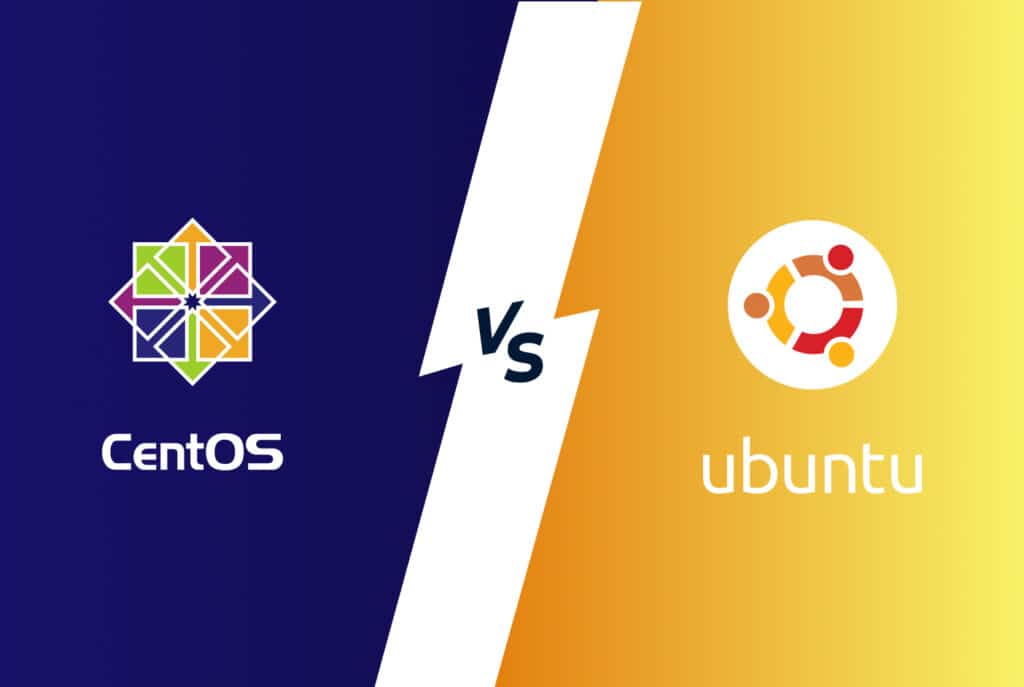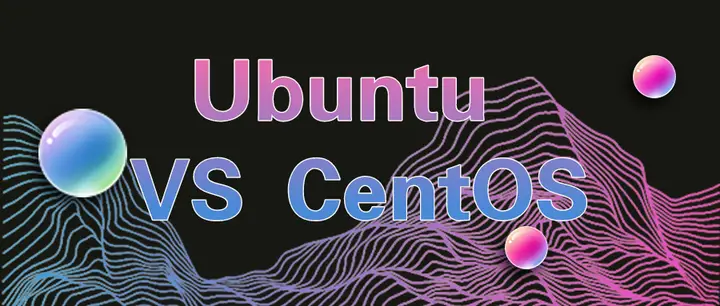Centos Stream Vs. Ubuntu Server: Future-proofing Your Infrastructure

Executive Summary

Navigating the complex landscape of server operating systems, organizations seeking long-term stability and innovation are faced with a pivotal choice between CentOS Stream and Ubuntu Server. This comprehensive analysis delves into the intricacies of both distributions, comparing their release models, package management, security features, support lifecycles, and community involvement to empower decision-makers with the knowledge necessary to future-proof their infrastructure.

Introduction
In the realm of server operating systems, CentOS Stream and Ubuntu Server stand as formidable contenders vying for the allegiance of organizations worldwide. Organizations seeking a stable and predictable platform for their IT infrastructure or a distribution that embraces the latest technological advancements, must carefully weigh the strengths and weaknesses of each distribution to make an informed decision.
Release Models
CentOS Stream adopts a rolling release model, continuously incorporating the latest upstream changes from Red Hat Enterprise Linux (RHEL) into its repositories, ensuring users have access to the most recent software and security updates. In contrast, Ubuntu Server employs a fixed release model, releasing new versions every six months and providing extended support for five years, offering stability and predictability at the cost of potentially missing out on the newest advancements.
Package Management
CentOS Stream leverages DNF (Dandified yum) as its default package manager, inheriting the robust and well-established capabilities of yum, but with enhanced performance and support for modern package formats. Ubuntu Server utilizes apt, a user-friendly and versatile package manager known for its extensive repository of software and seamless dependency management.
Security Features
Both CentOS Stream and Ubuntu Server prioritize security, offering a comprehensive suite of features to protect systems from vulnerabilities and threats. CentOS Stream benefits from the Security-Enhanced Linux (SELinux) framework, providing fine-grained access control, while Ubuntu Server employs AppArmor, an alternative security module offering similar capabilities.
Support Lifecycles
CentOS Stream provides a continuous lifecycle, meaning users always have access to the latest software and security updates, without the need for major upgrades. Ubuntu Server offers two support lifecycles: a standard lifecycle with five years of security updates and a long-term support (LTS) lifecycle with ten years of support, ensuring stability and compatibility for mission-critical applications.
Community Involvement
Ubuntu Server boasts a vibrant and active community, renowned for its extensive documentation, user forums, and a vast ecosystem of third-party software and support. CentOS Stream, being a Red Hat-sponsored project, benefits from the support and resources of the broader Red Hat community, ensuring a stable and well-maintained distribution.
Conclusion
The choice between CentOS Stream and Ubuntu Server hinges on the specific requirements of each organization. For organizations prioritizing continuous innovation and access to the latest software, CentOS Stream excels with its rolling release model and close alignment with RHEL. Organizations seeking stability, predictability, and long-term support, Ubuntu Server offers a compelling option with its fixed release model, extensive software repository, and LTS lifecycle. Ultimately, the best distribution for an organization is the one that aligns with its unique infrastructure needs, development practices, and support requirements.
Keyword Phrase Tags
- Centos Stream
- Ubuntu Server
- Rolling release
- Fixed release
- Package management
- Security features
- Support lifecycles
- Community involvement
- Future-proofing

Hey ! CentOs is way better than Ubuntu! The system is greater.
This article is incredible I love it so much !
THis is a really no brainer go with Ubuntu.
CentOS Stream server has no GUI, isn’t it very restrictive?
Centos stream is the best of the best
Sure Cento Stream is great, but don’t forget Ubuntu is the best. Can’t change my mind
Who cares?
This is a really great article, I learned a lot of things
It is good, but I don’t get how experts can not decide what is better
I have no clue of what they are talking about, I prefer Debian
Is CentOs Stream really as perfect as they say?
Centos is a terrible OS, Ubuntu is way better at everything
I’ve used both and I can’t really tell the difference